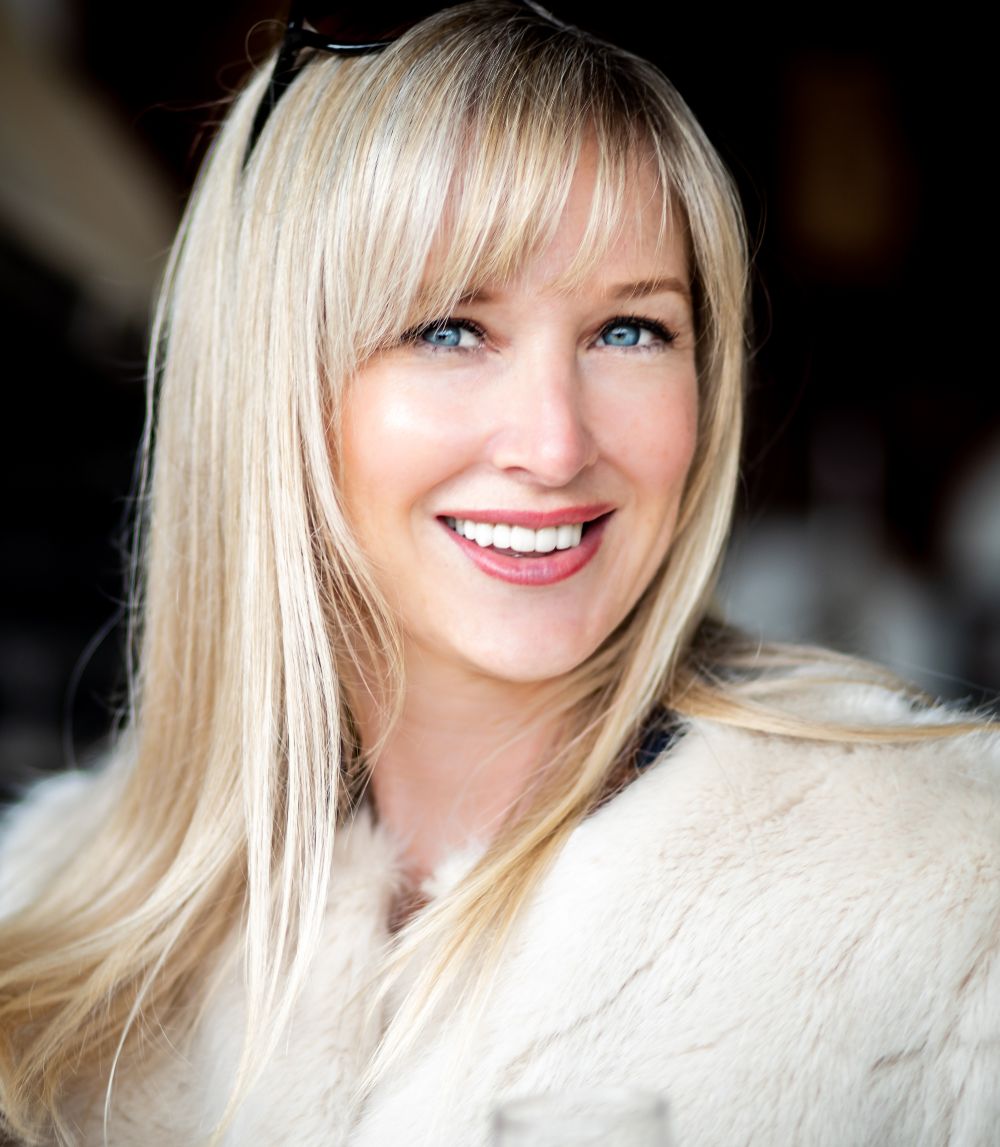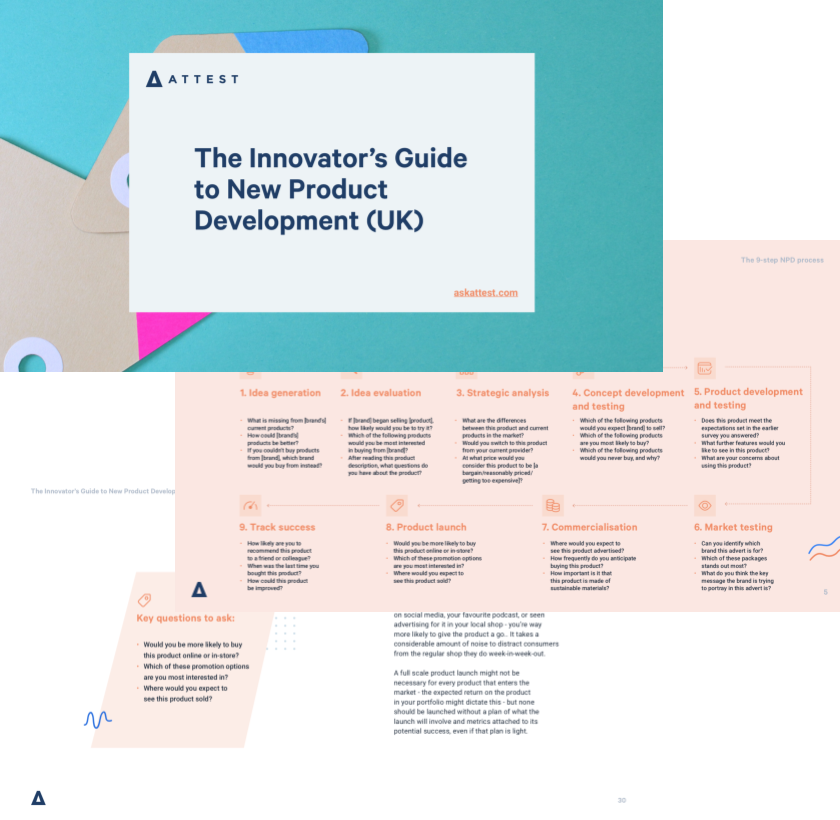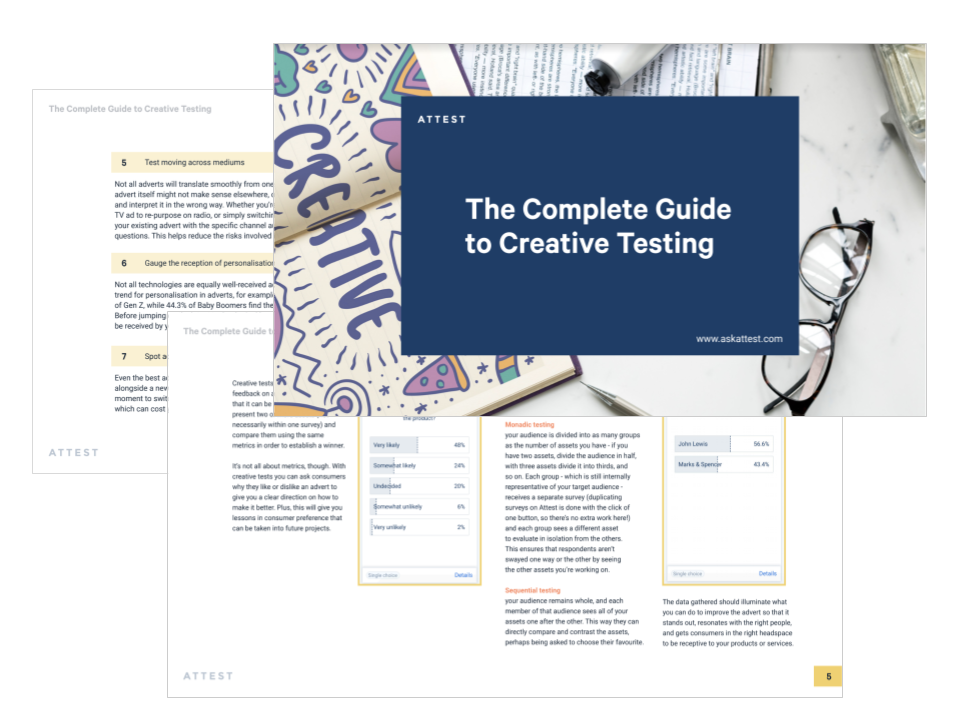Online surveys vs focus groups: when to use one or the other?

Focus groups have long been used as a way to gain valuable consumer feedback, but given the in-person requirement, they’re not necessarily the fastest or most efficient way to carry out market research. So what's the alternative and when should you use it?
Focus groups have long been used as a way to gain valuable consumer feedback, but given the in-person requirement, they’re not necessarily the fastest or most efficient way to carry out market research.
Focus groups were first pioneered in the 1940s to gauge the public’s reaction to WWII propaganda but, in the 80 years since, technology has come a long way. Which means that while ethnographic research and focus groups are often touted as the ideal ways to gather the most authentic feedback, their cost and time to execute make them impossible for many brands to benefit from.
Today, online consumer surveys can provide almost instant qualitative insights from an audience of millions of consumers. Qualitative means getting in-depth opinions and thoughts from individual consumers. It’s an important form of research because it can highlight behaviours and motivations which you might not have considered at all as a marketing team.
Being able to gather this type of data fast (and affordably) means brands can make smarter business decisions in less time, which is why digital solutions are so exciting.
In this article, we look at a number of different market research scenarios and consider which is the best option for gathering qualitative data – a focus group or an online consumer survey?
But first, let’s tackle a market research myth: focus groups are the only way to carry out qualitative research.
This is just plain incorrect. Both types of research – quantitative and qualitative – can be carried out using an online consumer survey. While single and multiple-choice questions (among others) allow you to collect results that can be sliced and diced easily, open text questions let participants answer in their own words.
You can easily pose open-ended questions with online consumer surveys and receive answers written by respondents. Even when you need feedback on a physical asset, it’s not a problem; you can get this by embedding images and videos into your survey. This means online consumer surveys can meet a variety of qualitative research needs.
Which option is best suited to your project? Focus groups or online consumer surveys?
Market sizing study
Best choice: online consumer survey
If you’ve got an idea for a new product or service, you need to get a handle on how many potential customers you can serve. Speaking to small numbers of people in a focus group can help you understand the types of people who may be interested, or why that is, but you need to scale up to effectively calculate market size.
By running a nationally representative online consumer survey you’ll be able to get quantitative data that lets you measure purchase intent by different demographics, such as gender, age, location, income and education. Combined with wider population data, this information lets you calculate your potential market. For example, if you see high purchase intent among London millennials, you can use ONS statistics to find out how many people make up this audience.
Another great thing about digital surveys is that they can be easily repeated in new markets when the time comes for international expansion. This gives you useful initial data without the trouble and expense of having to travel to the country and physically run a focus group.
Consumer profiling
Best choice: focus group and online consumer survey
While your market sizing study might have shown high purchase intent among London millennials, it didn’t tell you much about who they are as individuals. Consumer profiling lets you get to know your target customers and understand them in much greater detail.
Getting targets together in a room to take part in a focus group can be very helpful for this. You can get down to the nitty-gritty of why your target audience would use your product or service and exactly how it fits into their way of life. You’ll also be able to observe things that you couldn’t through a survey, like the way people dress, the way they talk and how they interact with one another.
Once you have a better understanding of who your customers are, you’ll be able to use that knowledge to write online consumer surveys that build on what you learned. And you’ll be able to test if the profiles you identified through the focus group (for example, high-earning, single, fitness fanatics) are statistically significant. This will help you construct effective marketing personas.
An Attest feature that can be particularly useful when getting to know your customers is the “follow up” button. It lets you recontact respondents to a survey (or to a certain question in a survey) with a follow-up survey so you can dig deeper into why they answered in a certain way.
New product development
Best choice: online consumer survey
When it comes to new product development, data can provide the inspiration you need. A small focus group won’t give you a ton of quantitative data but a big online consumer survey will. And let’s say you discover that 60% of people are bored with their current breakfast options – this immediately tells you there’s likely demand for a new breakfast product.
Through a survey, you can then get all the information you need to steer your new offering: what people usually have for breakfast now, what taste combinations they want in a breakfast, how much time they have to prepare and eat in the morning and what would make them try something new.
Now, when your team comes up with ideas for possible new products, they’re not simply conceived on a whim; they’re data-backed. And once you have these data-backed ideas, you can survey consumers again to identify which are the strongest and refine the concepts until you’re ready to prototype.
Product testing
Best choice: focus group
Focus groups really come into their own when you need to put a physical product into people’s hands and see their reaction. In the case of our new breakfast product, it’s great that people like the sound of it, but it’s also necessary for them to taste it. Sometimes things just have to be experienced in the flesh.
Sure, you can survey people about their opinions of products once they’re out in the shops (and this is perfect for existing products) but ideally, you want to perfect your offering while it’s in development because it’s cheaper (and often less embarrassing) than making changes later.
Focus groups and any type of observational research can help you understand how different people use different products. For example, you can watch how young people interact with a smartphone versus people aged 60+.
Creative testing
Best choice: online consumer survey
Creative testing is the process of gathering consumer feedback on adverts, marketing materials, logos and packaging designs to understand how they’re likely to be received. While you can indeed do this via focus groups, it’s a much slower process.
Using a solution like Attest, you can quickly test multiple creative ideas to understand initial conceptual ideas in a meaningful, quantified way. You can essentially separate the wheat from the chaff in hours rather than days.
You don’t need a massive sample size to test creative ideas, which means it’s not expensive. And because it’s so easy to do, you can get feedback throughout the creative process – from storyboard to rushes to fully produced work.
Focus groups and online consumer surveys – a time and a place for both
Focus groups certainly have their merits… but they have limitations too. A major drawback is the time it takes to organise them. You have to arrange a physical venue, recruit participants, and appoint an experienced moderator. And once it’s all done, you have to spend time sifting through all the feedback looking for actionable insights, which is no small task.
On the other hand, the beauty of an online consumer survey is that it can be drawn up, launched and completed in a matter of hours, garnering hundreds or thousands of responses. And it can be carried out by anyone in your organisation – not just specially trained researchers.
Meanwhile, the baked-in reporting and analytics features of digital platforms give you instant answers, while qualitative data is made searchable and exportable. A consumer survey won’t always be able to replace a hands-on focus group, but the scope and scalability of DIY research tools means many research projects can be carried out with less stress and deliver more insight.
Find out for yourself how quick, easy and effective online consumer research can be – book a quick chat with one of our experts.
Tell us what you think of this article by leaving a comment on LinkedIn.
Or share it on:


